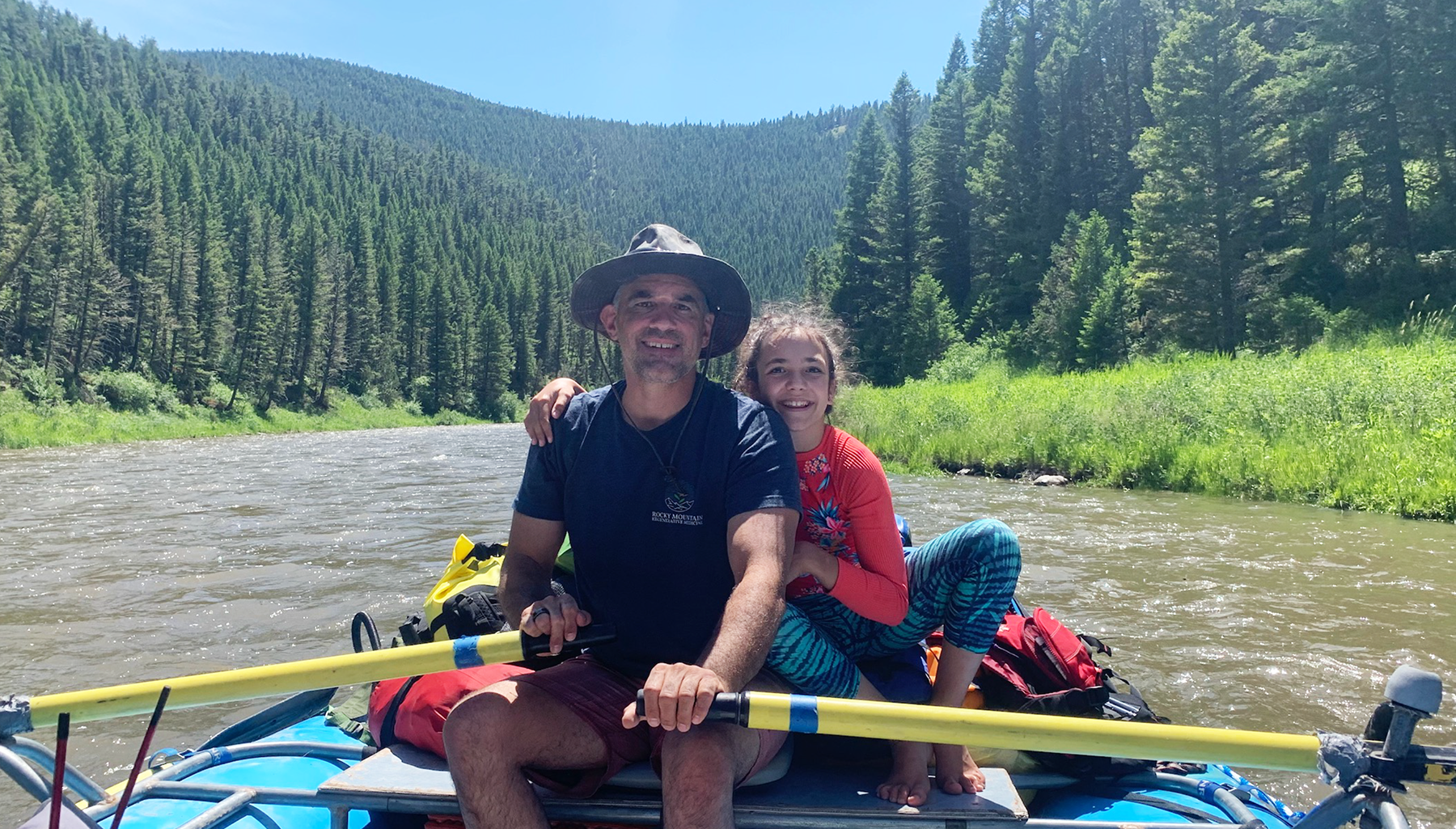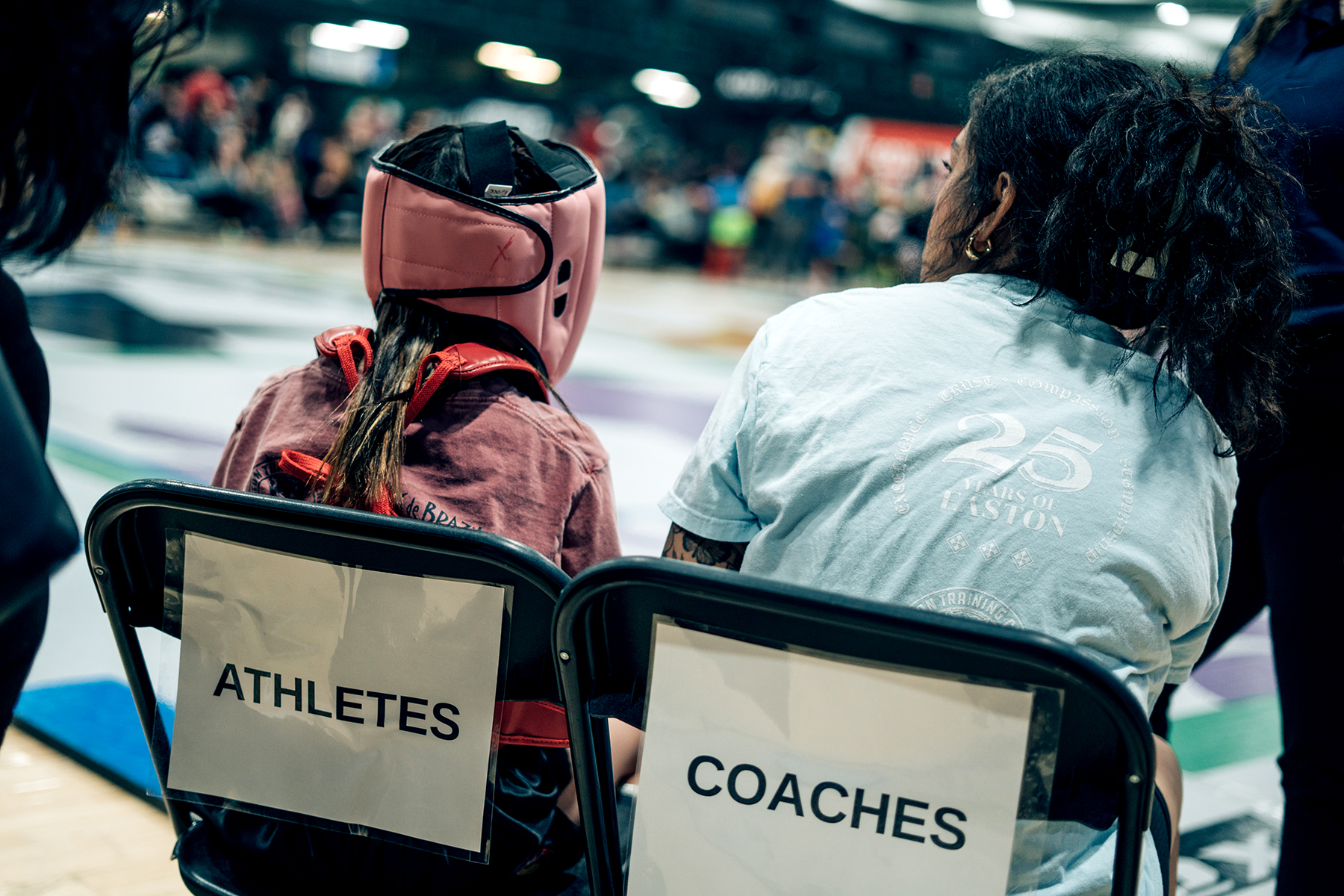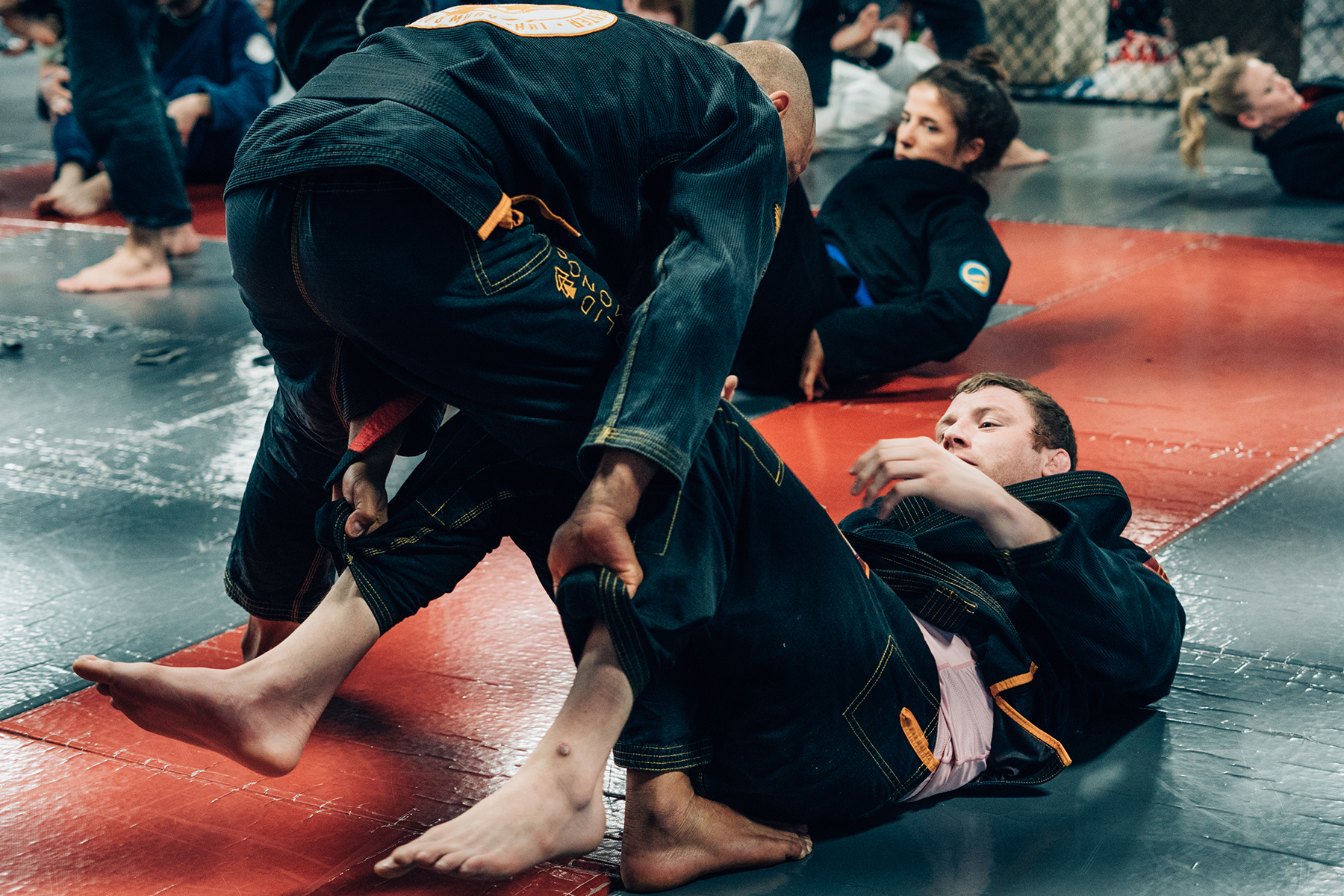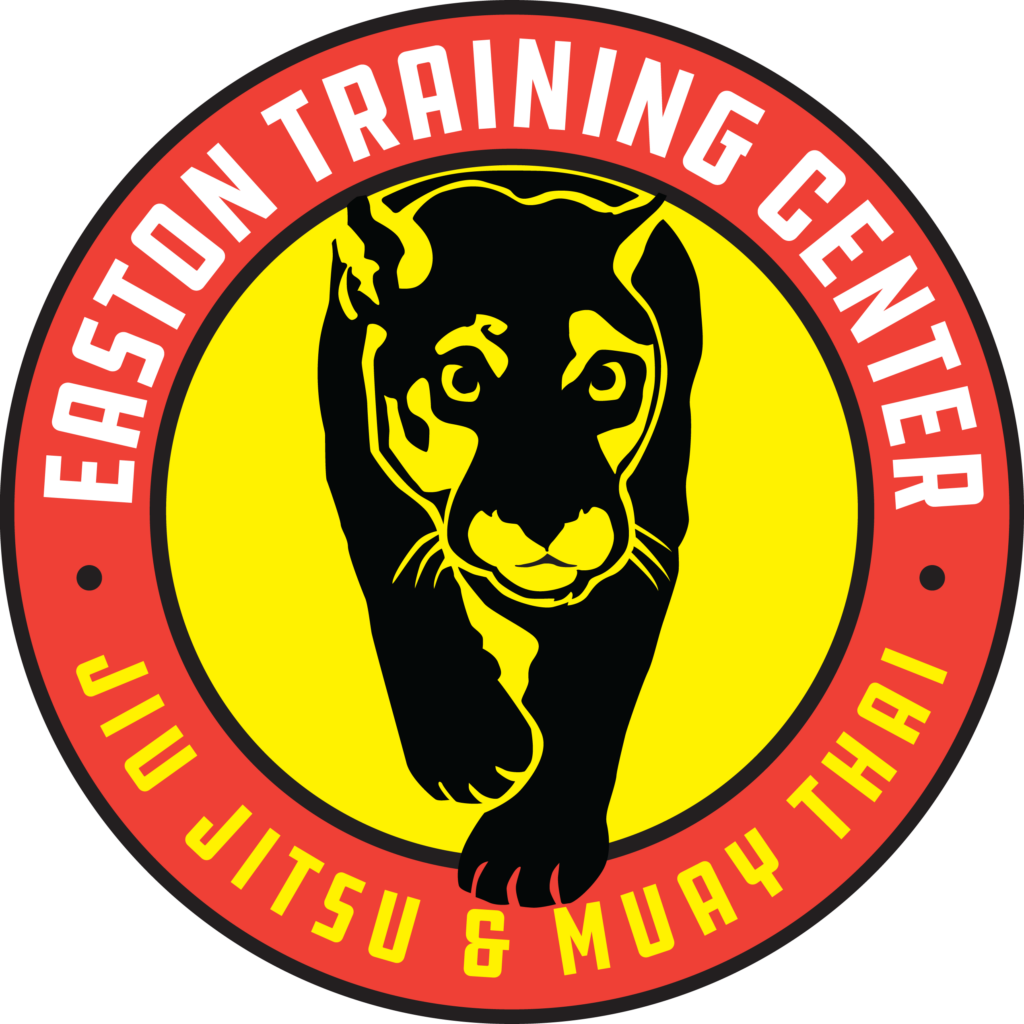An essay by Ronil Shah
Every new pursuit starts with learning the language: Kimura, shrimp, Gracie, guard, um, dois, três; mania, transference, Freud, neuroleptic, id, ego, superego. The first string of words has only just started passing through my lips, new vocabulary paired with muscle aches, sweat-drenched gis and panicky flops of my hand tapping the mat. The second set I’m a little more familiar with, the meanings having been repetitively pressed into my head over the past decade, also paired with headaches of overnight shifts, screaming patients, and the overhanging fear that errors can have fatal consequences.
At first look, jiu-jitsu and psychiatry appear to be distinct entities dwelling in totally different worlds: the former a concrete, coordinated dance of brutish elegance and the latter an abstract exercise in attempting to navigate the mind’s labyrinth. However, despite these surface differences, these two arts have melded together to strike a harmonious balance and reinvigorate my life.
I walked into Easton Denver on a toasty July evening for my first taste of jiu-jitsu. After two years of dogged insistence by one of my close brown-belt friends that I give it a shot, I yielded and mustered up the courage to do a trial class. Sporting an oversized heavy black gi (emblazoned with Brazilian BJJ-cred I’m still way too much of a noob to pull off) and a sloppily tied white belt that dangled too long, I sheepishly made my way to the cage for a brief pre-first class orientation. There I found a freckled-face blue belt wearing a friendly smile who greeted me with a warm wave and soon we zipped through the (now) basic warm-up exercises. She showed no shred of impatience, no sliver of annoyance at having to demonstrate things three, four, five times, and most of all, she conveyed a genuine sense of passion for what she was doing.
The first class passed in a blur: counting in Portuguese, lots of rhythmic mat slapping, and heaving for breath after the alleged “warm up”. We paired up and my ears burned at all the foreign terms and sense of being lost while everyone else smoothly went about the moves. The last time I had had the same uncomfortable prickle of “what the hell am I doing here” was the first day of intern year in the hospital. Fortunately, I was paired with the same cheery blue belt who tolerated my barrage of technical questions. The brief up/down/out session at the end of class was veritably terrifying – the most I recall is bucking and thrashing, like only a first-day white belt can, while my limbs were easily manipulated away from me. I found the intensity exhilarating, the mechanics of the moves fascinating, time melting away, and most importantly of all, everyone, from the front desk to the fellow people in class (of all levels) to the professor, was just so darn pleasant. It was baffling and paradoxical to me that a warehouse full of fighters could be some of the most welcoming and kind people I’d met. Battered and freshly bruised, hair swirled into a radiating frizz, I was hooked.
As the weeks went on, I discovered the influence of my training seeping into other realms of my life. Besides the energy bump (thanks to better sleep from post-class exhaustion), I noticed jiu-jitsu had distilled my focus and evoked an inner stillness that only intentional mindfulness meditation had in the past. At their core martial arts and psychiatry both involve “facing off” with another person: the first in an oppositional, physical way, the second less directly so, having more to do with sailing fitful seas of emotions to find and treat the pathology. Occasionally, these seas get extra choppy and patients test your patience, chinking the armor of professionalism you develop through the years.
Now, though, I found my threshold noticeably higher, my armor made stronger. To keep with the maritime analogy, what registered as a squall before now was just a playful splash – when you get used wiggling away from 200 lbs dudes crushing you in a headlock, the petulant co-resident asking semantic questions during group lecture or the finger-wagging little old lady that incessantly informs you of how it was “back in her day” aren’t remotely as bothersome. With patients, I felt more acutely aware, more present in the room, better able to detect subtle shades of masked emotion now that my perception was cleared of the haze of my own preoccupations.
Jiu-jitsu and psychiatry are two complementary
paths in my life – one waxes in intensity while the other wanes in its
dominance over my time. They both, however, are lifelong journeys requiring a
constant state of learning, openness to adaptation, and an honest humility as
the depth of each is too great to be fully known. In the same way a painter
must first master the technicalities of brushwork, jiu-jitsu and psychiatry progress
along a continuum from the memorization of manualized rote motions to a
nuanced, personalized art form individual to the practitioner. Together they
have created a yin-yang duality that I hope to cultivate for as long as my body
and mind allow me.
Finally, the mention of either to the layperson often rouses a pause followed by an apprehensive side-glance of suspicion mixed with intrigue, and that’s just too fun to give up.






